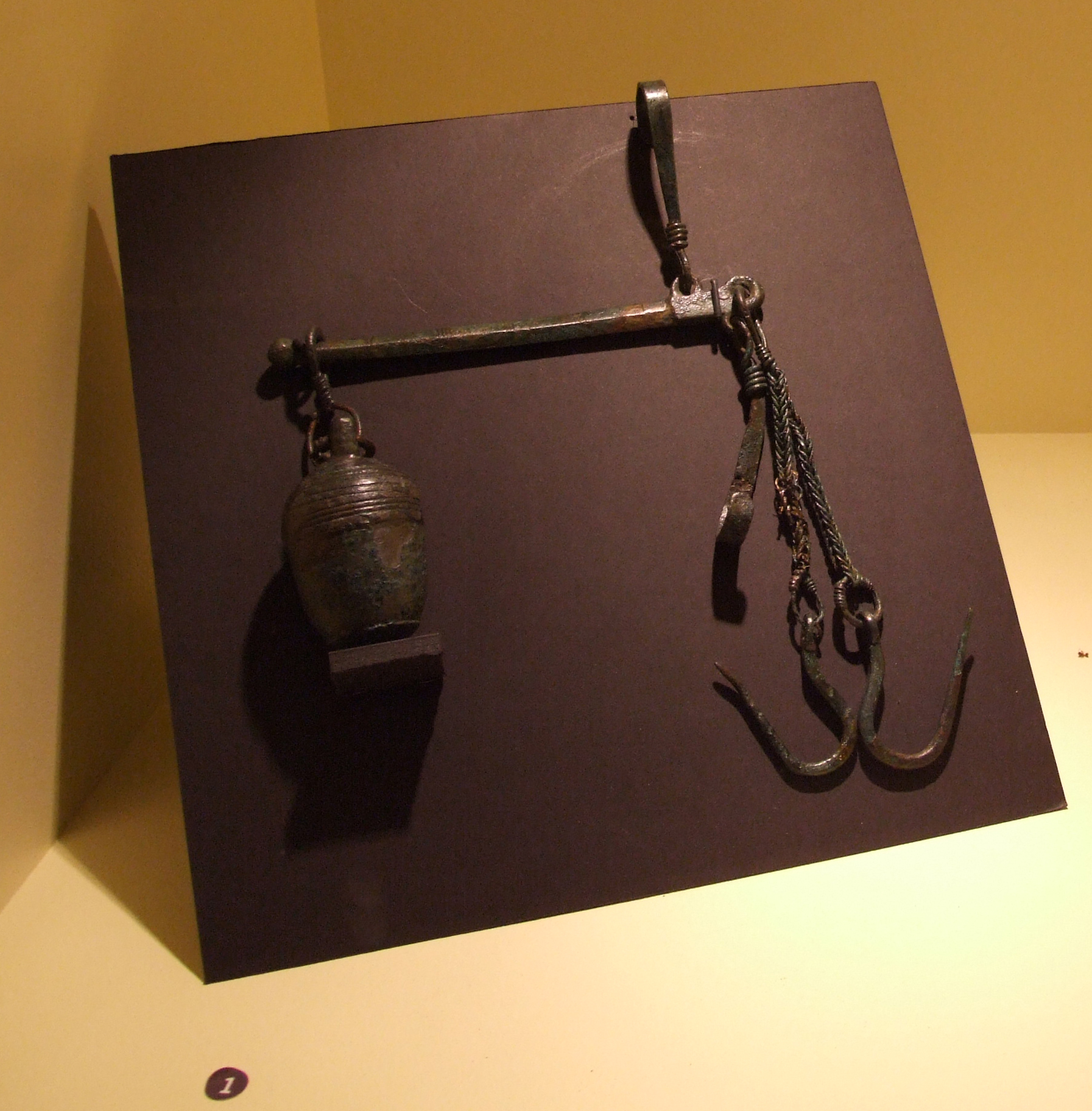My answer uses Base 3 arithmetic to get the smallest number of different weights needed, but is seriously inconvenient because deriving the weights 1, 3, 9, 27 and 81oz is tricky. Not quickest.
Deriving weights in Base 2 with a balance is easy. So first step is to decide what they are. Without trying to minimise the number of different weights required by adding known weights to the unknown side.
The maximum weight to be measured is 4lbs, which is 64oz
Binary digits rise in powers of two, thus:
64 is binary 1000000
32 is binary 0100000
16 is binary 0010000
8 is binary 0001000
4 is binary 0000100
2 is binary 0000010
1 is binary 0000001
Therefore any weight up to 63oz in 1 oz steps can be represented by adding one of any of the set 1,2,4,8,16,32
For example:
24 is binary 00011000, or weight 16 + weight 8
55 is binary 00110111, or weight 32 + weight 16 + weight 4 + weight 2 + weight 1
63 is binary 01111111, or all the weights
The given 2lb is weight 32, no need to make another
Going down, balancing weight 32 with scrap gives a heap weighing the same as weight 32. Putting weight 32 to one side, the scrap is redistributed into two balanced piles, each of weight 16. Use one pile to make the actual weight 16, put it to one side, and rebalance the remainder to give two piles each of weight 8. Repeat, saving one pile to make the actual weight 8, and rebalance the other to get two piles of weight 4. And so on until the balance isn't sensitive enough to register differences. In this case, stop at weight 1. The weights so far only add up to 63oz, so make a second weight 1. A total of 8 weights are needed.
Then 4lbs (64oz) is binary 01111111 + 00000001
The whole system works in ounces, but as that's not complicated enough for Imperial Measure purists the system is partitioned into slugs, tons, quarters, hundredweights, stones, pounds, quarters, ounces, drachms, and grains. Common sense rules a quarter of acid drops isn't the same weight as a quarter of coal. It's simple as long as you don't look closely…
Dave
Edited By SillyOldDuffer on 03/07/2022 20:00:22
 Neil Wyatt.
Neil Wyatt.











